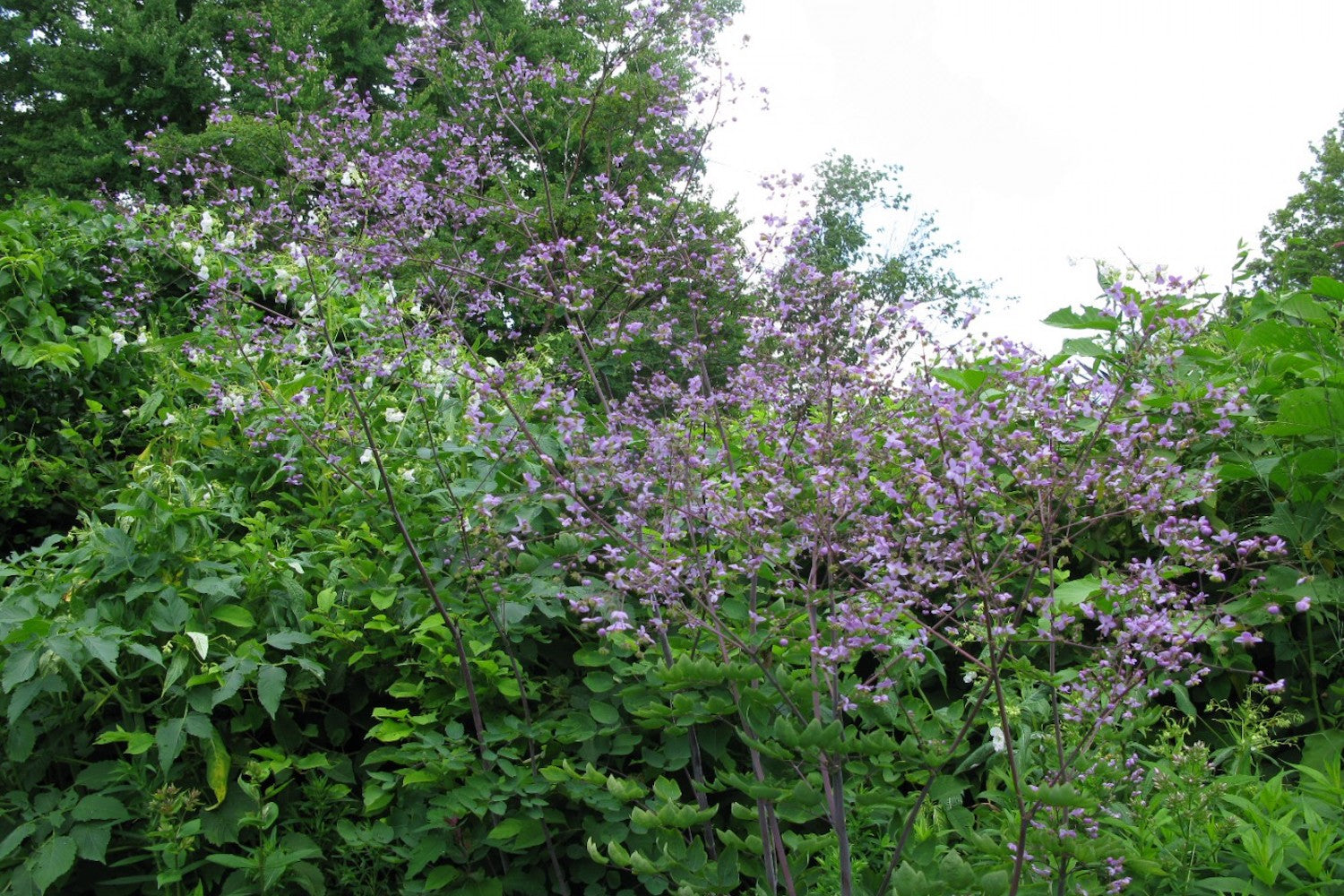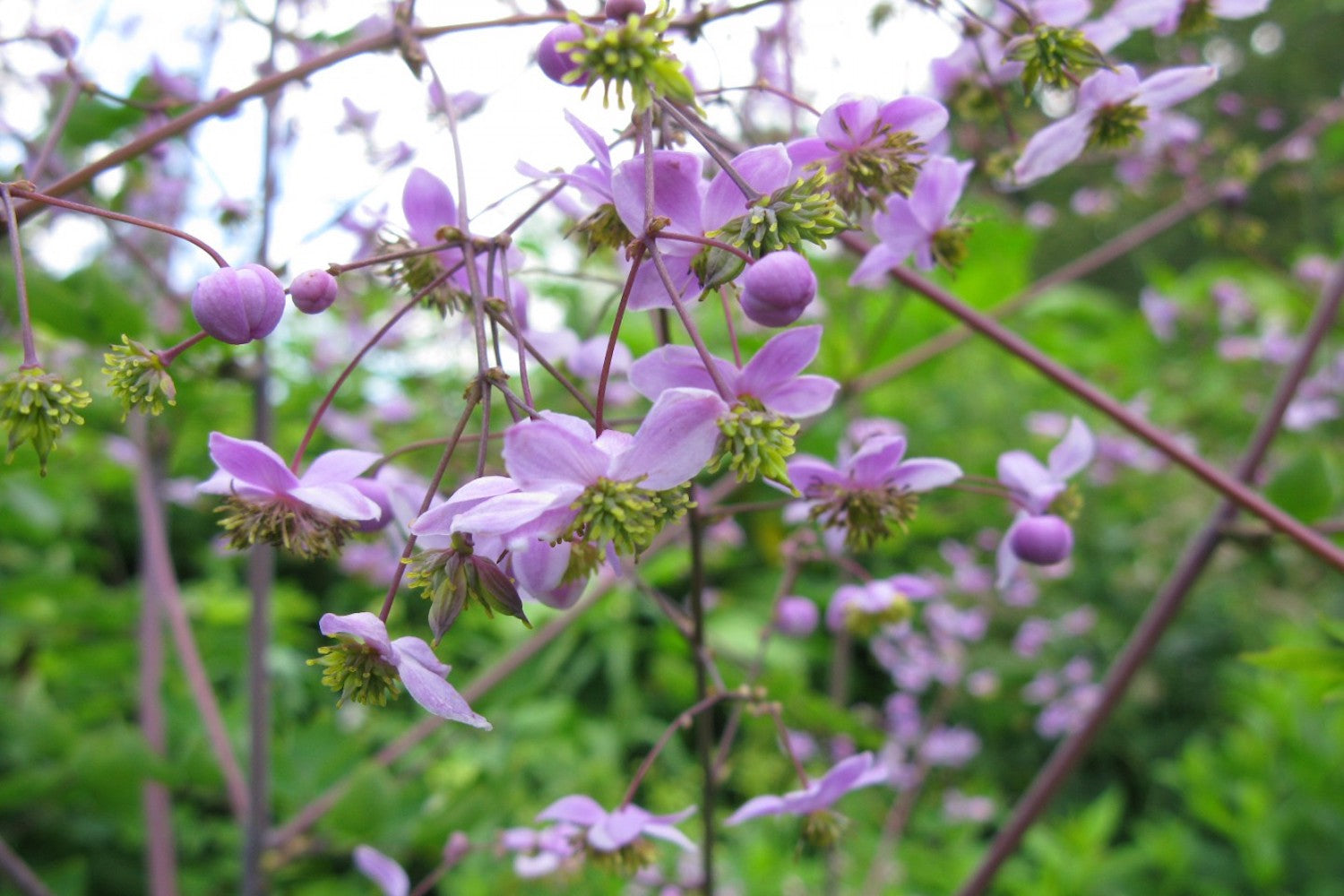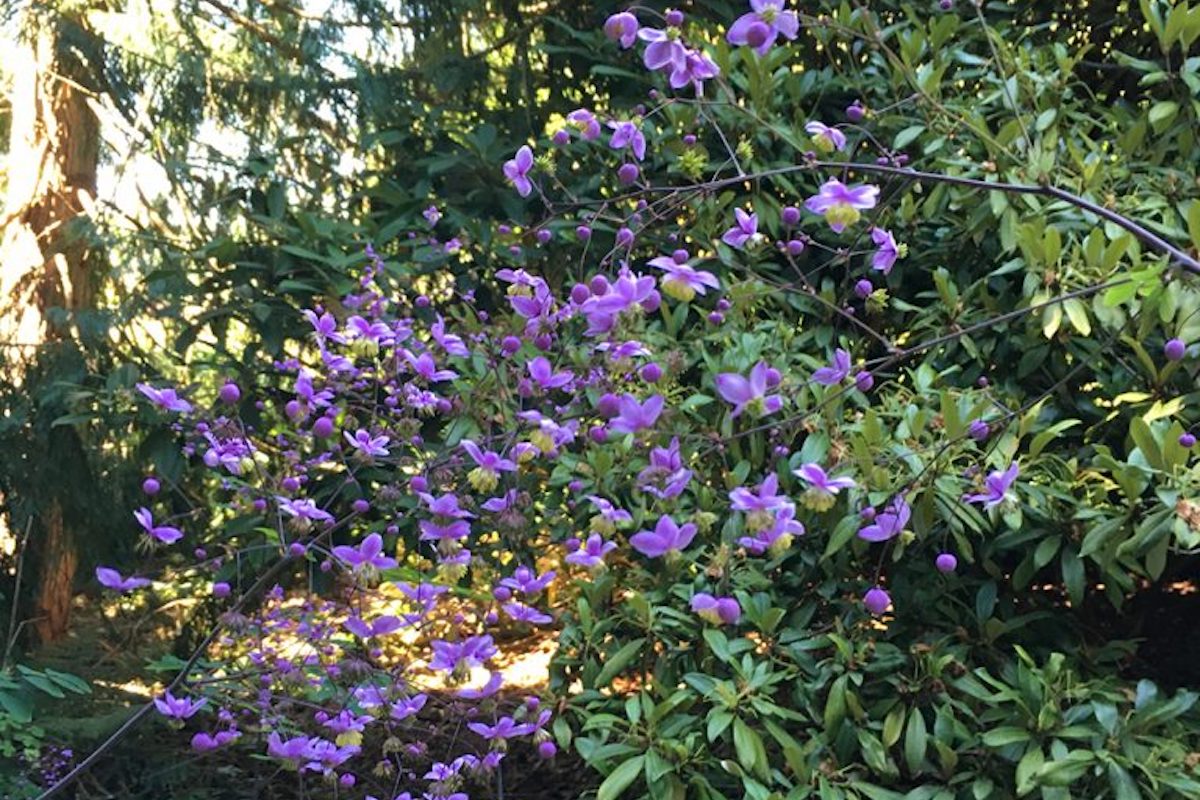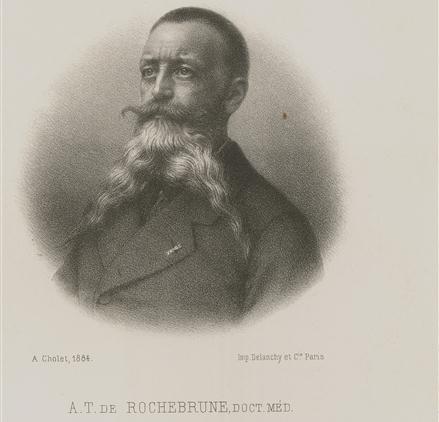Thalictrum rochebruneanum
Approx. 0.5 litre pot
About this cultivar:
Thalictrum rochebruneanum is an upright, clump-forming, plant with highly divided leaves composed of many small leaflets. Lovely loose sprays of small, lavender-pink or white flowers with hanging, yellow stamens are produced in summer giving the effect of a marvellous mauve mist!
The species name honours Alphonse Amédée Trémeau de Rochebrune (1836-1912) who was a French botanist and zoologist.
- Position: Full sun, partial shade
- Soil: Almost any soil, grows well in Ballyrobert
- Flowers: August, September, October
- Other features: Royal Horticultural Society Award of Garden Merit (RHS AGM), Grows well in Ballyrobert
- Hardiness: H7 - Hardy in the severest European continental climates (< -20°C), Fully hardy, grows well in Ballyrobert
- Habit: Clump forming, Columnar or Upright
- Foliage: Deciduous
- Height: 120- 150 cm (4 - 5 ft)
- Spread: 45 - 75 cm (1.5 - 2.5 ft)
- Time to full growth: 2 to 5 years
- Plant type: Herbaceous Perennial
- Colour: Green, pink, white
- Goes well with: --
About this genus:
Thalictrum (t ha-ik-trum) is a genus of 120-200 species of herbaceous perennial flowering plants in the buttercup family (Ranunculaceae) native mostly to temperate regions. Once upon a time, the newborn infant was placed upon a pillow filled with Thalictrum to ensure a prosperous life. Thalictrum come from the Greek thallo which means “to flourish,” and it does, with elegant foamlike sprays that resemble Baby’s Breath, and rounded, finely cut, compound foliage.
Despite their common name of "meadow-rue", Thalictrum species are unrelated to the true rue (family Rutaceae), but resemble its members in having the petiole twice or thrice divided. They are usually found in shaded or damp locations, with a sub-cosmopolitan range throughout most of the Northern Hemisphere and also south to southern Africa and tropical South America, but absent from Australasia. It is most common in temperate regions of the world, twenty-two species are found in North America.
The leaves are commonly glaucous blue-green in colour. The flowers are small and are apetalous; in other words they have no petals. They have have numerous long stamens, often brightly white, yellow, pink or pale purple, and are produced in conspicuous dense inflorescences. In some species the sepals are large, brightly coloured and petal-like, but in most they are small and fall when the flower opens or soon after.
Thalictrum is tolerant of a wide range of growing conditions, depending on the species. However, they generally prefer an moist soil in sun or part shade.










